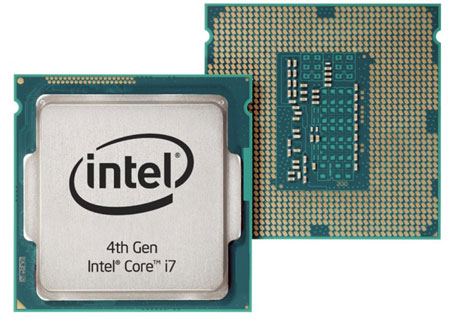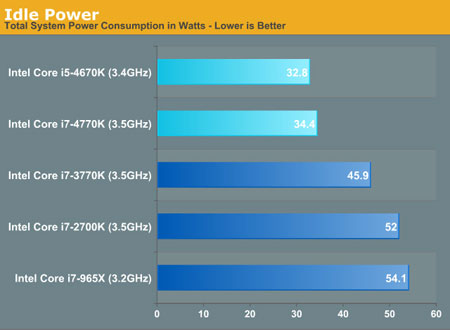The New Haswell Laptop Technology
The new Haswell laptop technology is here, if you are a tech geek, you would have taken noticed of it. Now the burning question is whether this Haswell chip is worth the buck. Lets take a look at some of the tech specs for this technology. To bring you up to speed, this chip uses 20% less power but churns out as much speed as an IVY bridge chipset. It comes with a much better integrated HD chipset. Sounds like an awesome computer at this point in time. But before you dive into a hardcore fan of Haswell chipsets, like me deliver some hard truths that may make you change your mind in buying a Haswell laptop.
Biggest gain in power efficiency for Haswell CPU
Intel says Haswell represents the biggest single generational gain in power efficiency in the history of its x86 PC processors. Yup, bigger even than the gains Intel made going from the infamously overheating end-of-line Netburst Pentium 4 chips to the first Core Duo processors. Wow.
So what has Intel done to achieve that and what does it mean for actual devices like laptops and tablets? The process started with Intel changing its targets for power consumption. 35 to 45 watts used to be the design target for Intel mobile processors. Now the target is 10 to 20 watts. And don’t forget, we’re talking about relatively mainstream chips here, not the very lowest voltage parts.
As for how this is achieved, Intel has been putting the pieces in places over the last few years. A major part of that process has been integrating ever more features into the CPU itself. These days, we have everything from the memory controller and I/O to graphics, all on one chip.
With Haswell, Intel is taking that a step further with the upcoming Mobile-U ultra-low voltage models, which are pretty much SoC or system-on-a-chip designs, complete with PCH functions like USB on the CPU die. That’s not actually the case for the desktop and Mobile-M parts that have been announced so far. But it’s coming soon. Whilte the Mobile-U parts promise a massive 20x reduction in power consumption in some scenarios, the Mobile-M parts deliver a more modest, albeit still useful, 20 per cent reduction.
Read the full article here
Haswell’s over clocking limitations
The fully-integrated voltage regulator and higher power consumption under load mean that Haswell is actually worse than Ivy Bridge at overclocking. As our hardware analyst mentioned in his Haswell review, Intel’s new parts struggle to get past 4.5GHz on air, while Ivy Bridge could reliably hit 4.7GHz, with some parts reaching 4.9GHz. In reality, the picture is even muddier than that: Early reports suggest that some Haswell chips can only reach 4.3GHz, while others can get to 4.7GHz or higher (again, on air).
If we look at the bigger picture, though, overclocking has been slowly dying for a decade. For the most part, every process node shrink, and the accompanying die shrink, reduces overclockability. This is just a fundamental restriction of physics: As components get smaller, not only does transistor density increase (consuming more power) but there is also less surface area to radiate heat. If you take two theoretical 3.5GHz chips, the one with the larger die size is going to be easier to cool, and thus capable of reaching higher overclocks.
Read the original article here – The Haswell paradox: The best CPU in the world
I have pulled out some of the points that are worth looking at, first and foremost, Haswell technology might seem like the best thing in outer space. However, it delivers the same power as a 3rd Generation IVY bridge. The power savings will be almost negligible, sure you will get one or two more hours of working time on this laptop, but if you turn down the brightness and put the laptop into hibernation mode when you are in transit, I am sure the IVY bridge laptops are still going to make the cut. Besides, due to the fact that Haswell saves power, it is not able to match up to the IVY bridge when you do overclocking. Therefore, Haswell, will only be good for hybrids and ultrabooks that are slim and do not have a fat ass battery pack to go along. The good news is that IVY bridge prices are now going to drop like files. In my personal opinion, I will rather aim for a IVY bridge and save myself at least $500 bucks for the same computing power. Therefore in short, I will not jump in on the new Haswell laptop technology


Leave a Reply
You must be logged in to post a comment.